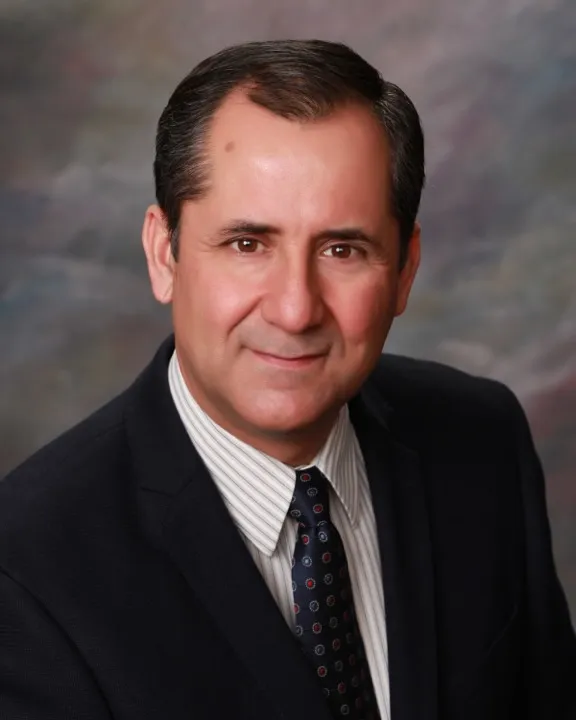A public interest law firm filed a lawsuit on Oct. 22 against the state of California, alleging that the program funding school construction projects favors wealthy districts while shortchanging low-income communities. The lawsuit, Miliani R. v. State of California, was filed in Alameda County Superior Court and highlights disparities in funding for school facility renovations across the state.
Plaintiffs include students, parents, teachers, and organizations from low-wealth districts, such as Coachella Valley High, Salinas City Elementary, and Lynwood Unified School District. The lawsuit argues that districts with the smallest property tax bases, which generally serve the most low-income, Black, Hispanic, and Native American students, receive far less state aid for facility upgrades than wealthier districts.
“It is district wealth, not student need, that too often dictates whether students have access to safe, functional facilities,” the lawsuit states.
Miliani Lexani Rodriguez, a senior at Coachella Valley High School and the named plaintiff, said at a press conference, “The California Constitution promises every student a safe, clean, and equitable education. That includes the buildings we learn in. Right now, that promise is being broken for students like me and thousands of others across the state.”
The lawsuit details conditions such as leaking portables, black mold, malfunctioning HVAC systems, outdated science labs, and unsafe playgrounds. Plaintiffs contend that the state’s School Facility Program, which provides matching funds for renovations, has perpetuated inequality because wealthier districts can issue larger bonds and secure funding first.
Former Lynwood Unified Superintendent Gudiel Crosthwaite, who now lives in Sunnyvale, described the stark contrast between districts: “If you’re in Lynwood, and it’s 97 degrees and you don’t have running air conditioning or adequate HVAC systems for six, seven hours a day, it’s difficult to focus on your learning. That’s just a very simple thing.”
The lawsuit asks the court to overhaul eligibility and funding formulas for the School Facility Program, arguing that the current system replicates historic inequities. Scholars agree that equitable funding for school facilities remains one of the state’s unfinished education finance challenges. “The issue has flown under the radar for so many years,” said Michael Kirst, a Stanford professor and former President, California State Board of Education. “We need to complete the job of making California school finance more equitable.”
The case could have broad implications for how California funds school renovations and ensures that students in low-wealth districts have safe and modern learning environments.
_____________
By: Bo Tefu, California Black Media





